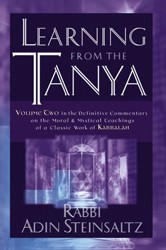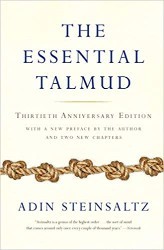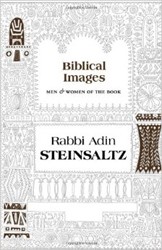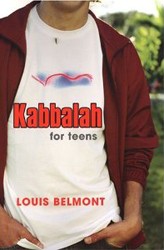Rabbi Adin Steinsaltz is not only one of the most prolific writers of our generation, but he is also one of the great communicators, bringing people of all backgrounds to the study of classic rabbinic literature. Therefore, it is only natural that Rabbi Steinsaltz, a member of the Chabad movement, should use his prodigious talents to introduce us to the world of Tanya—one of the core works of Hasidism.
Authored by the first of the Chabad Masters, Rabbi Shneur Zalman of Liadi (1745 – 1812), Tanya was the first systematic book of the philosophy of the Hasidic movement. Comprised of fifty-three chapters, it begins with an analysis the “beinoni” — the average person — and the struggle that such a person faces in seeking greater spirituality.
Rabbi Steinsaltz has already published the first two volumes of his commentary on Tanya, and with the publication of Understanding the Tanya, Rabbi Steinsaltz has now completed Rabbi Shneur Zalman’s discussion of the “beinoni” (Tanya chapters 27 – 37). Based upon lectures delivered by Rabbi Steinsaltz, this volume, as the previous ones, was edited by Meir Negbi and translated into English by Yaacov David Shulman.
Each chapter of Understanding the Tanya begins with a presentation of the original text in translation, followed by a near lineby- line commentary, which expands and explains the ideas presented in the original.
However, it should be noted that while Rabbi Steinsaltz’s commentary is based upon popular lectures, and contains contemporary metaphors and stories, this is work that needs to studied, because its ideas span the world of Jewish thought, mysticism, and belief. As a result, each chapter begins with a brief introduction, which places that chapter into a broader context, and the entire volume includes an extensive glossary (41 pages) to further explain rabbinic terms and concepts included within the text of the commentary.
As with other works of Rabbi Steinsaltz, this is a masterful text, which affords so many access to this great work of Hasidism.





